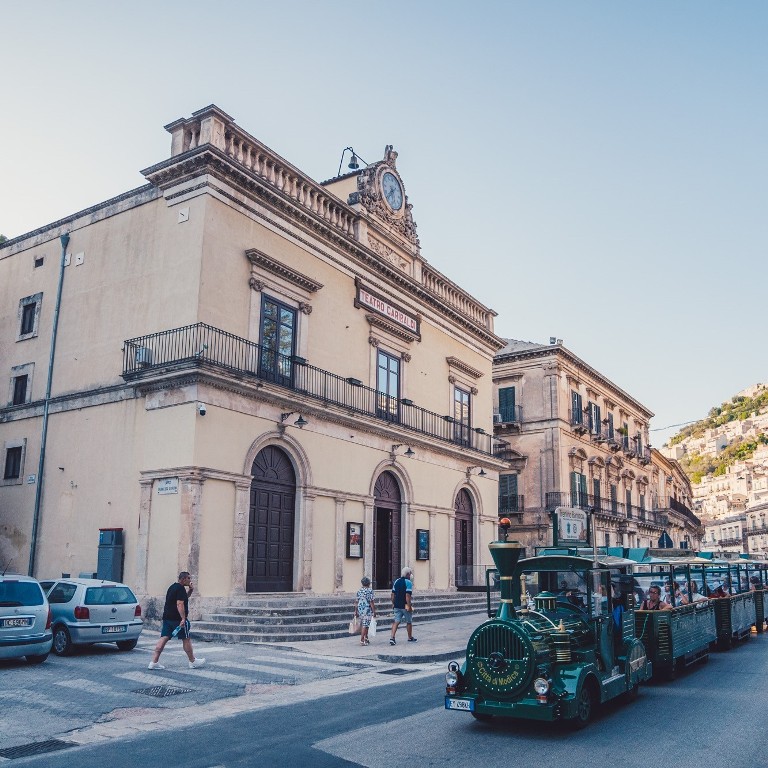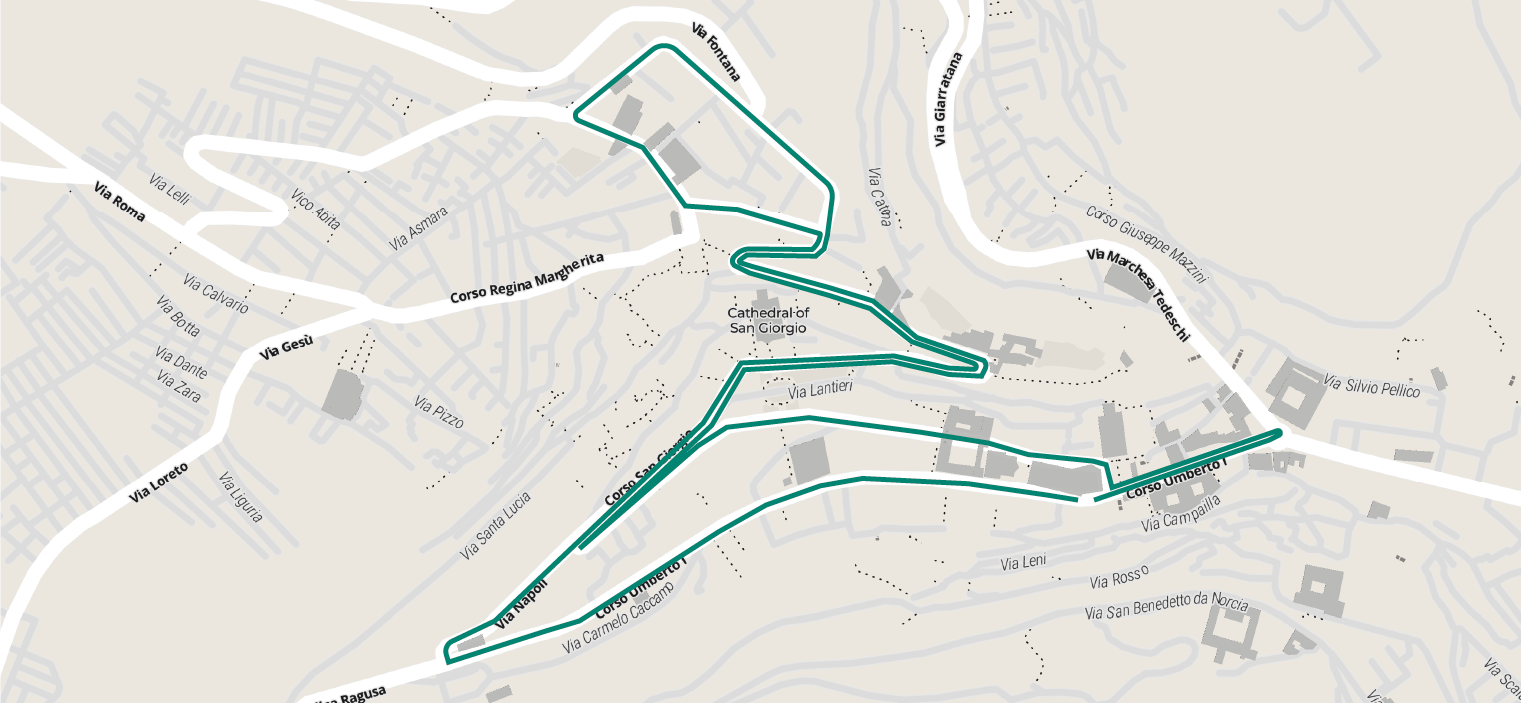Baroque train in Modica
The history of Modica
The city of Modica extends over the southern part of the Iblei Mountains.
It lies on a wide plateau and clings to the rocky walls of the quarries that cross it. According to an ancient legend, Modica was founded by Hercules. The hero would have founded three cities in Sicily, which he would have given the name of Motia, in honor of the beautiful Greek woman who would have shown him the places to find the oxen stolen from the giant Geryon in Spain.
The first news of Sicilian settlements in this area dates back to the eighth century BC, at the time of the Greek colonies in Sicily. The city then experienced a period of great prestige under the Aragon of Spain. The long stay of the Spaniards has left strong marks in the dialect, in the gastronomic tradition, in the monuments, in the architecture of the city and in the Baroque art.
In 1693 a terrible earthquake destroyed the entire area of the County, but the reconstruction of the city was rapid and in the end Modica found itself to be even more beautiful and important, according to the Baroque aesthetic. Modica Alta, initially lying high on the plateau of the Plant, extended towards the bottom of the valley where Modica Bassa developed; the new district overlooked two waterways, which, at the height of the Clock Tower, joined in a single stream now covered: the Moticano.
Following the great flood of 1902, the Moticano was covered to avoid new floods, the city lost its fascinating bridges and its mills but acquired a new important artery. Thus was born Corso Umberto I, around which the most important district of the city developed. The design of the historic center is still enchanting: houses, baroque palaces and grandiose churches chase each other on the hillsides.
The many panoramic points that Modica offers allow you to observe all its suggestive neighborhoods: the narrow alleys and steep stairways open up in front of stupendous monuments.
In 2002, together with seven other cities in the Val di Noto, it was declared a World Heritage Site by Unesco.
Baroque Train will guide you through the particular alleys that characterize the city of Modica, reaching, from Corso Umberto I in the lower part of the city, Modica Alta, the ancient part, where it will show you the majestic Cathedral of San Giorgio.
A rich calendar of religious popular festivals and traditional shows attracts a strong participation not only from the inhabitants of the County, but also from many enthusiasts and tourists from all over the world.
The inevitable musical band, the fireworks, the sound of the bells, the long processions and the traditional stalls have always been the characteristic elements of these events: a folkloric combination of customs and traditions that makes the traditions of the County among the most characteristic of the ‘Island. The festivals dedicated to the two patron saints of the city, namely San Giorgio and San Pietro, are the most heartfelt. But the most original rite is undoubtedly that of the Madonna Vasa Vasa, which characterizes Easter in Modica. The meeting and the embrace between the statues of the Madonna and the risen Jesus Christ are a spectacle that cannot be missed.
In Modica you can breathe the atmosphere experienced by Montalbano: the city is in fact home to the world-famous television set, “Il Commissario Montalbano”.
Modica is also famous for the production of chocolate. Cold worked, Modica chocolate is a typical dessert of the city that inherited this tradition from the Spanish rulers in the sixteenth century. Initially handed down as a typical dessert of noble families, it has become common in recent years and a sought-after product all over the world.
In the period of December, Modica becomes the capital of chocolate in Italy: the ChocoModica, Sicilian chocolate festival, celebrates, in four days, the typical Modica chocolate, including guided tastings, visits to monuments, concerts, workshops for children and much more. Visiting Modica with Baroque Train is an opportunity not to be missed to absorb customs, traditions, art and history, accompanied by our guide, and live a unique experience!
The places of the Tour of Modica
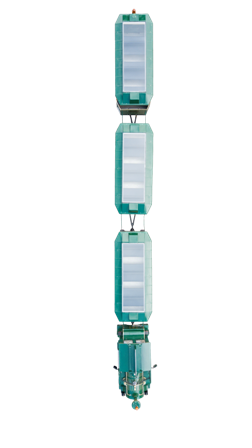
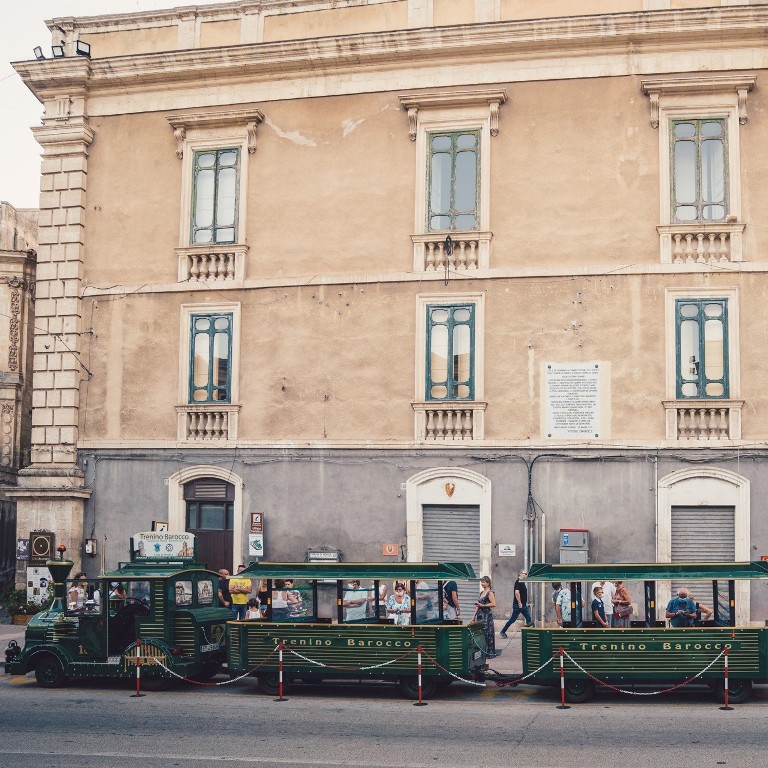
Corso Umberto 1, 141
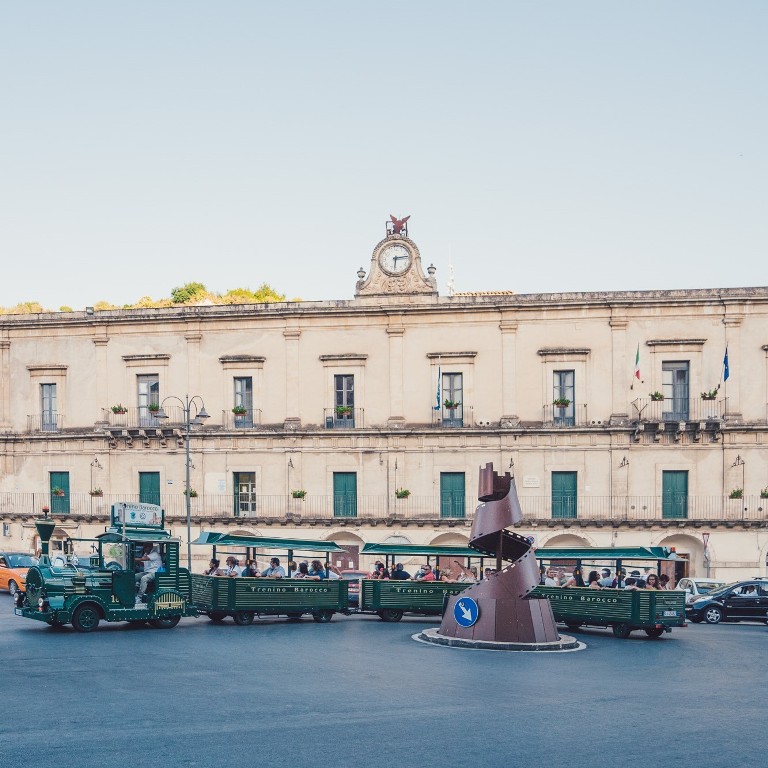
Palazzo S. Domenico
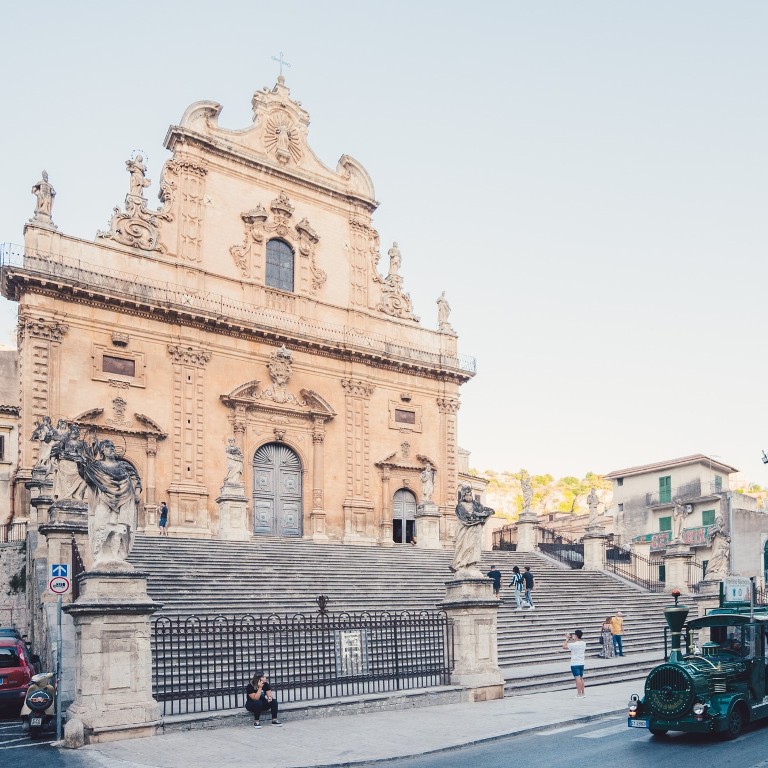
Chiesa di S. Pietro
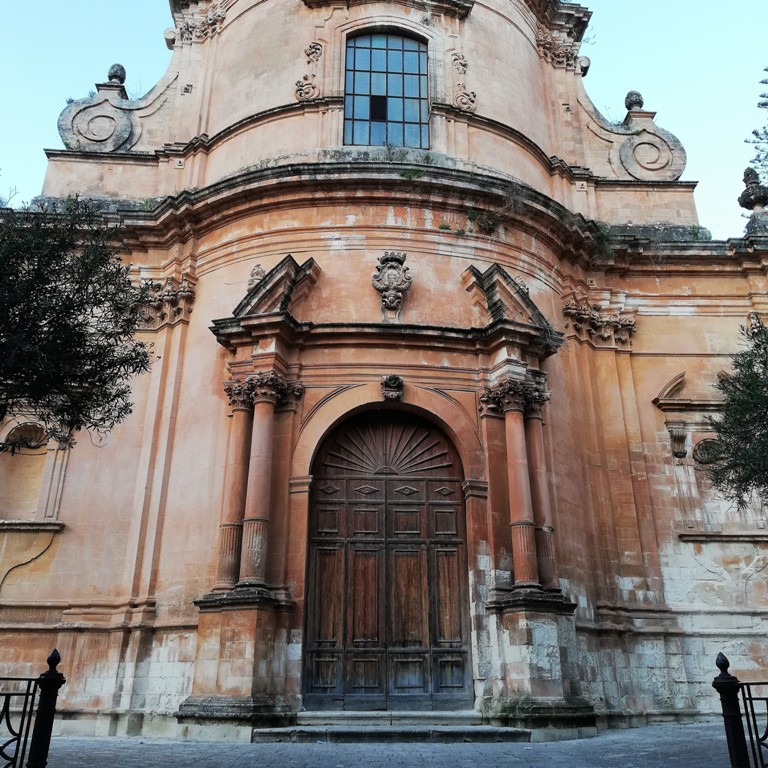
Chiesa di S.M. Soccorso
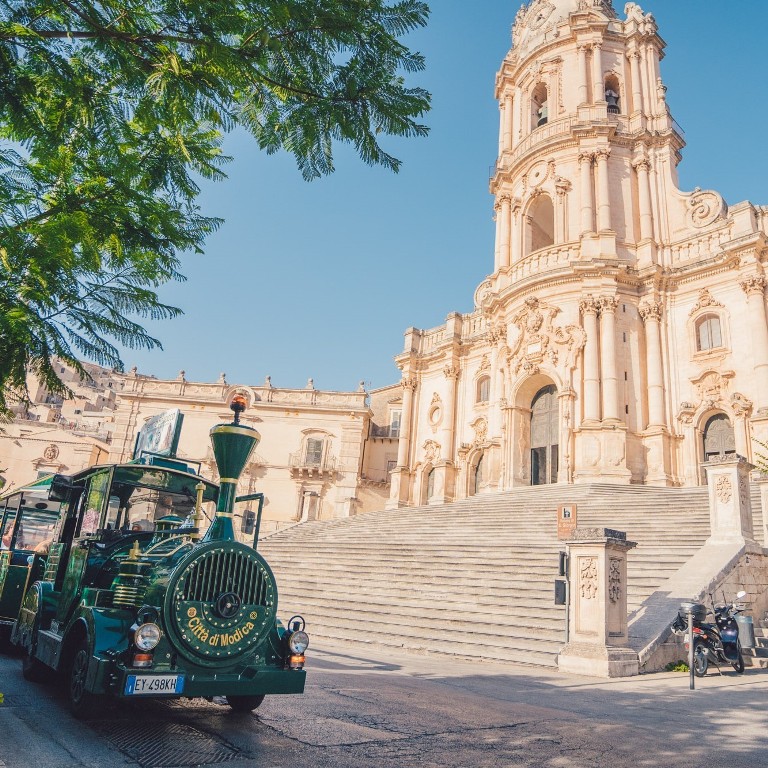
Duomo di S. Giorgio
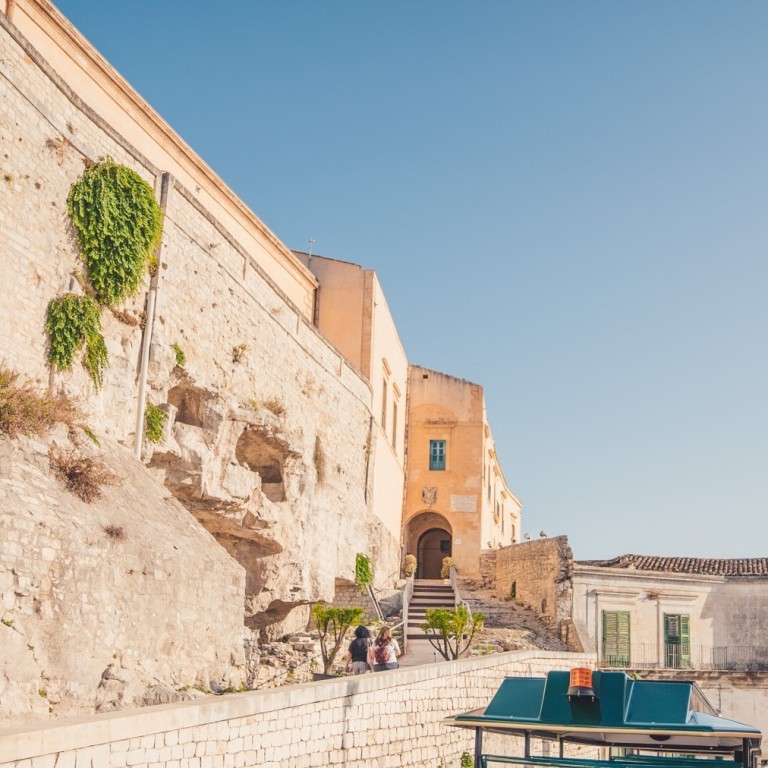
Castello dei Conti
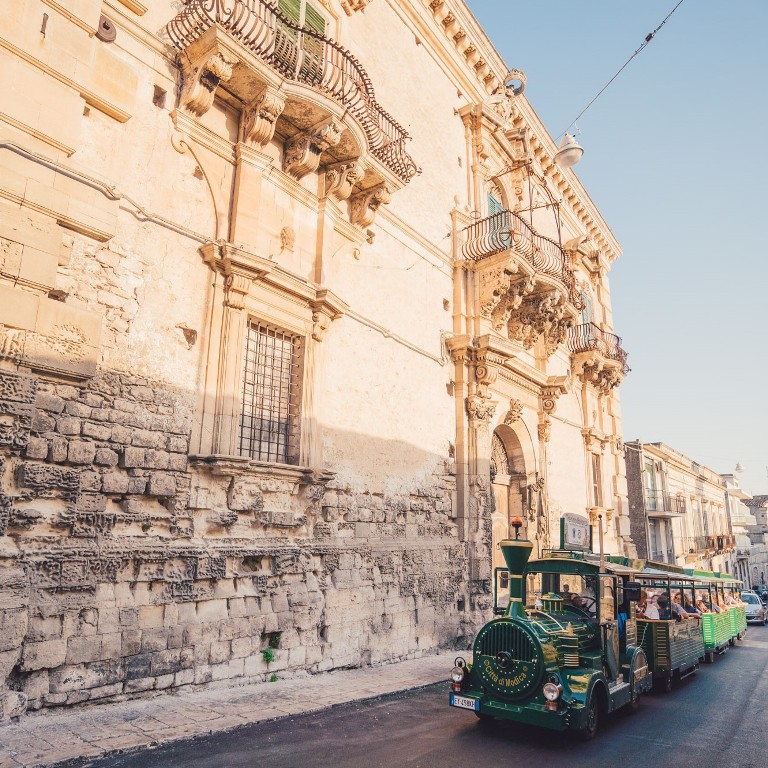
Palazzo Napolino Tommasi Rosso
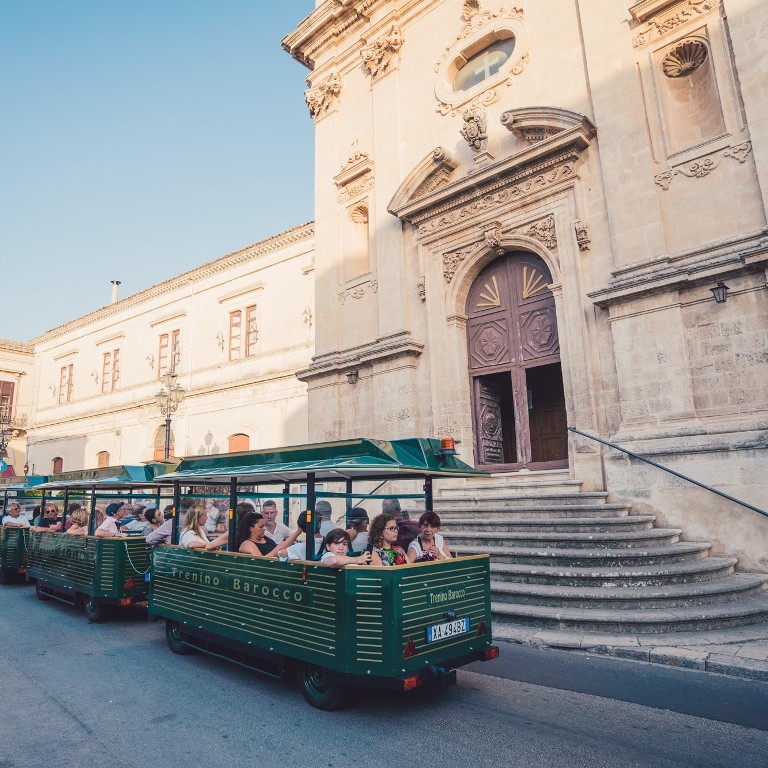
Chiesa di S.Teresa
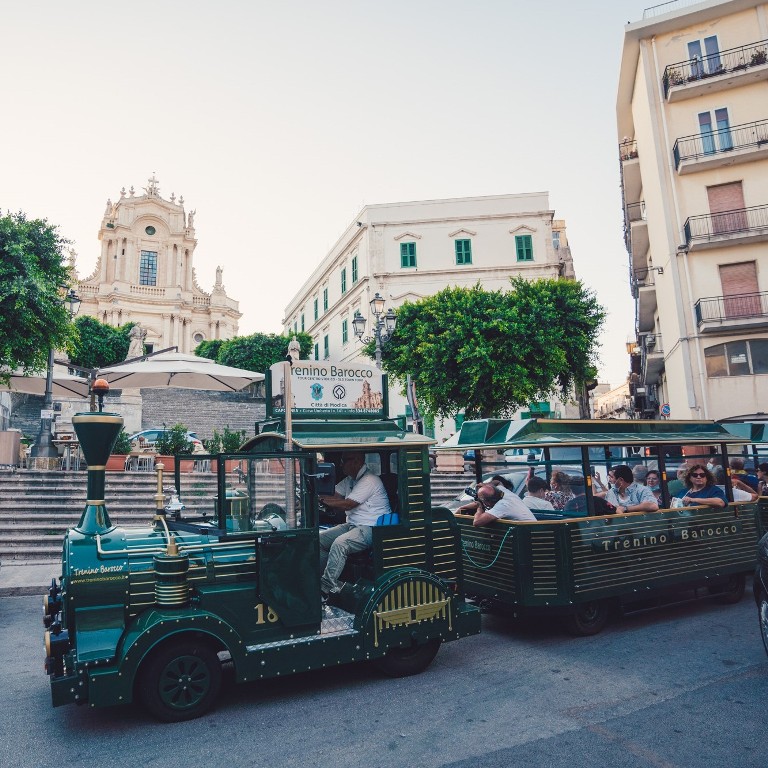
Chiesa di S.Giovanni
